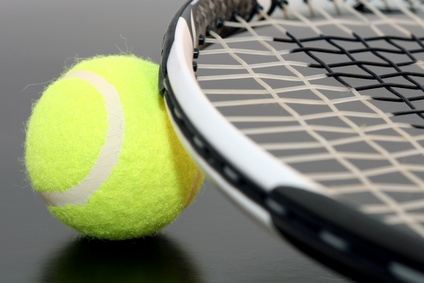The game of golf has been a popular one for centuries, but the exact origins of this unique pastime are still the subject of some controversy. Some theories of golf history hold that the game was invented by the Chinese, while others hold that the game owes its existence to the Dutch. The most widely accepted theory, however, is that the game dates back to 12th century Scotland.
Scotland has long been associated with the game of golf, and in fact many avid golfers have traveled there to play on some of the country’s legendary golf courses. Many tour companies specialize in golf tours of Scotland, and the link between this unique country and the game of golf has in fact been well established.
Golfers will be interested to know that golf courses have not always featured the 18 holes we are familiar with today. In the early days of the game golf courses were laid out according to the terrain being played, and the number of holes would vary from spot to spot. For instance, the famous St. Andrews Links originally featured a course of 11 holes laid out along this narrow strip of land by the ocean. Golfers would play those 11 holes, then turn around and play the same 11 holes in reverse order.
Later in the history of the golf course four of those 22 holes were deemed to be too short, thus reducing the number of playable holes in each direction to nine, and providing modern golfers with the 18 hole golf courses they know and love today.
The equipment used to play the game has changed as much as the course itself, and there have of course been many technological advances made since the first golf club struck the first ball. One of the relatively new inventions in the world of golf is the humble golf tee. This highly useful innovation dates back only to the 1930s; before that time the balls were simply struck directly off the grass.
The use of steel and titanium heads for golf clubs is even newer, dating back only to the 1970’s. Before then most golf club heads were made of wood. Graphite golf club shafts followed closely in the 1980’s, providing golfers with a better grip and better overall performance.
The care of golf courses has also changed a great deal over the years, with the highly manicured greens we see today a fairly new innovation. The modern equipment available to golf courses today allows those courses to be intricately and perfectly groomed, making play more enjoyable and ascetically pleasing. From fertilizers used to nourish the grass to herbicides used to discourage the growth of weeds, golf course owners have many ways to keep their beautiful courses looking their best season after season.
Scotland has long been associated with the game of golf, and in fact many avid golfers have traveled there to play on some of the country’s legendary golf courses. Many tour companies specialize in golf tours of Scotland, and the link between this unique country and the game of golf has in fact been well established.
Golfers will be interested to know that golf courses have not always featured the 18 holes we are familiar with today. In the early days of the game golf courses were laid out according to the terrain being played, and the number of holes would vary from spot to spot. For instance, the famous St. Andrews Links originally featured a course of 11 holes laid out along this narrow strip of land by the ocean. Golfers would play those 11 holes, then turn around and play the same 11 holes in reverse order.
Later in the history of the golf course four of those 22 holes were deemed to be too short, thus reducing the number of playable holes in each direction to nine, and providing modern golfers with the 18 hole golf courses they know and love today.
The equipment used to play the game has changed as much as the course itself, and there have of course been many technological advances made since the first golf club struck the first ball. One of the relatively new inventions in the world of golf is the humble golf tee. This highly useful innovation dates back only to the 1930s; before that time the balls were simply struck directly off the grass.
The use of steel and titanium heads for golf clubs is even newer, dating back only to the 1970’s. Before then most golf club heads were made of wood. Graphite golf club shafts followed closely in the 1980’s, providing golfers with a better grip and better overall performance.
The care of golf courses has also changed a great deal over the years, with the highly manicured greens we see today a fairly new innovation. The modern equipment available to golf courses today allows those courses to be intricately and perfectly groomed, making play more enjoyable and ascetically pleasing. From fertilizers used to nourish the grass to herbicides used to discourage the growth of weeds, golf course owners have many ways to keep their beautiful courses looking their best season after season.






















